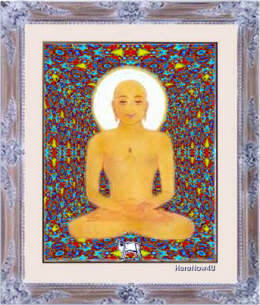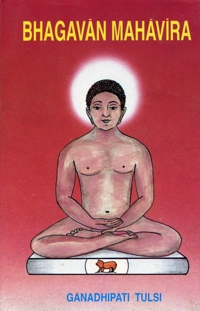| 1 | Before The Advent Of Bhagavan Mahavira |

ll substances undergo transformations. The transformations are temporal but the substances are eternal.
Looked at from the point of view of substance, the temporal flame of the candle is eternal.
Looked at from the point of view of transformation, the eternal space is temporal.
The world can be explained in terms of both - change and permanence.
Names and forms continuously change.
People often ask: Is the Jaina religion eternal? If they were to ask whether dharma (religion) is eternal, the reply would be: yes, it is.
Dharma is the nature of things. It had no beginning and it will have no end. But the terms dharma and Jaina are not eternal. They came into vogue some time and might disappear in the course of time. No name can claim eternity.
The word Jaina is not very old, but the tradition it stands for is indeed ancient.
The Jaina dharma is the successor of the older sramana dharma.

The Sramana tradition in Indian religion and philosophy has a hoary past. It was developed and enriched by the arhats. Rsabha was the first arhat. As a king, he was the pioneer in the fields of agriculture, trade and commerce, and crafts. He developed these for the good of his people. He was the first to set up a social organization and administrative machinery for it. He became an ascetic in pursuit of spiritual attainments and was canonized as an Arhat. Then he began to preach his religion. This event belongs to that period of pre-history when human civilization was in its infancy. Primitive people were being settled in villages in organized communities. Arhat Rsabha lit into every heart the fire, which burnt in himself. The tradition of the arhats was born and it flowed unfettered till the time of Parsva who was a historical figure. The earlier arhats are considered to be pre-historic.
 Acharya Tulsi
Acharya Tulsi

